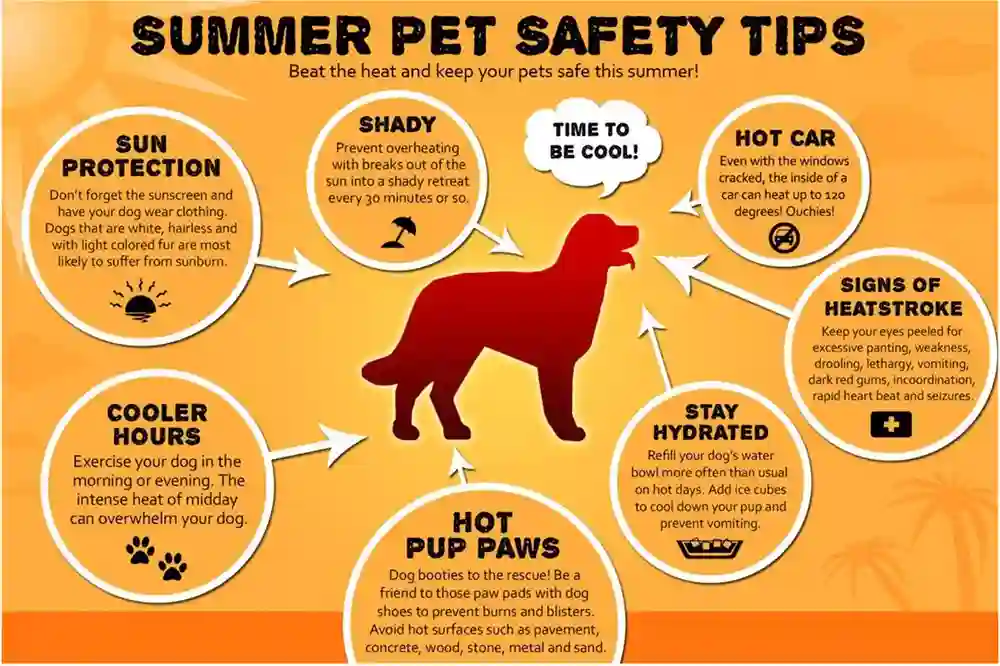
How to Train Your Pet to Be Well-Behaved Around Guests
As pet owners, we all need our furry companions to behave well, especially when it comes to connecting with visitors. Whether it’s a casual visit from a companion or an extended family gathering, having a pet that knows how to behave considerately around others can make the encounter more enjoyable for everyone involved. Regardless, getting your pet ready to properly carry around visitors requires persistence, consistency, and a critical approach. In this article, we’ll investigate effective methods for preparing your pet to behave well around guests, guaranteeing that they are calm, controlled, and in inviting social situations.
1. Understanding your pet’s behavior
Before you start preparing, it is fundamental to get your pet’s general behavior in social situations. Some pets, especially mutts, can be overly excited and jump on visitors, while others can be shy and fearful, shooing away or moving into another room. On the other hand, cats may become restless when guests arrive or hide under furniture. Identifying the specific behaviors your pet exhibits will help you plan your preparations. If your pet is overly excited, the goal is to educate them to calm down and greet visitors warmly. If your pet is fearful or on edge, you need to work on desensitizing them to unfamiliar people and situations.2. Start with basic recognition training
Basic submission preparation involves establishing great behavior both around visitors and in life in general. If your pet has yet to learn basic commands like “sit,” “stay,” “come” and “down,” now is the time to start.- Sit: Provide supervised assistance in teaching your pet to sit when visitors arrive. A dog that knows how to sit quietly is less likely to approach visitors.
- Stay: The “stay” command can help your pet avoid being drawn to nearby visitors quickly and allows you to control their development if necessary.
- Come: Your pet’s response to the “come” command guarantees that, should they become overly excited, you can effortlessly command their guests absent.
- Down: This command makes a difference in keeping your pet in a loose position, making them less likely to act up.
3. Prepare your pet for the modern man
Sensitivity to anxious or fearful pets is important for modern people. Continuous presentation will help them to use close to the audience in a calm and controlled manner. Start by welcoming a companion or family member with whom your pet is familiar. Enter them slowly and remain calm, where you encourage your pet to stay loose. Praise your pet for calm behavior and give rewards such as treats and affection when they do not react fearfully or aggressively. As your pet becomes more accustomed to unfamiliar people, increase the level of difficulty by introducing strangers or visitors more habitually. Constantly guarantee that there will be positive encounters between these intuitives to help build your pet’s confidence.4. Environmental control
Setting up your home to promote calm behavior is an essential part of preparing your pet to behave well around visitors. If your pet is easily overstimulated, try monitoring the environment in a way that minimizes distraction and stress.- Keep your pet on a leash: If your pooch snaps at visitors or runs around enthusiastically, consider putting them on a leash as visitors arrive. This allows you to control their development and predict unwanted behavior. Over time, as your pet learns to stay calm, you can consistently take out the leash.
- Create a quiet space: If your pet tends to be on edge or fearful around visitors, it’s important to establish or retreat to a quiet area where they can go in peace. This can be a crate or a designated room where your pet feels safe. Train your pet to go to this area when visitors arrive, giving them a chance to decompress.
- Use barriers: In some cases, it may be helpful to use baby gates or closed entrances to supervise your pet’s access to certain rooms. This is especially valuable if you have a pet that is overly curious or if you provide a bunch of benefits to a wide range of people. Controlling gates can help keep everyone safe and affect your pet.
5. Use positive reinforcement
Positive reinforcement is one of the most effective preparation strategies for reinforcing desired behavior. When your pet shows great behavior around visitors, reward them quickly with treats, praise, or warmth. The goal is to create a relationship between calm, polite behavior and positive outcomes. In case, if your pooch sits quietly when a visitor enters the room, compensate them with treats and verbal praise. If they stay throughout the guest’s visit, proceed to reinforce this behavior. Over time, your pet will begin to learn that calm behavior is rewarded and will be more likely to use it again in the future.6. Teach proper greetings
One of the most common challenges pet owners face when visitors arrive is overseeing welcoming behavior. Numerous pooches, and indeed a few cats, become hyperactive when they encounter modern humans, driving them into bouncing, yapping, or other attention-seeking behaviors.- No Hopping: If your pet tends to jump on visitors, remove their vitality by asking them to sit or stay before ringing the doorbell. Once they are sitting quietly, allow the visitor to approach them. It expects the pet to be well-stimulated and educates them that visitors will lock in when they are calm.
- Polite Sniffing: For pooches, it’s common to need to sniff guests, but it should be done respectfully. Allow your puppy to slowly approach visitors and sniff at their own pace. Reward your pooch for calm behavior, and discourage hopping or helpless sniffing.
- Socializing with Visitors: If your pet is shy at first, allow them to approach visitors on their terms. Don’t drive smart but reinforce your pet with calm, positive support. Over time, they will end up gathering modern people more comfortably.
7. Dealing with unwanted behavior
Even with extensive preparation, your pet may still exhibit unwanted behaviors, especially in high-stress situations or around unfamiliar visitors. When this happens, staying calm and using appropriate methods to adjust behavior is fundamental.- Redirect negative behavior: If your pet starts barking too much or shows signs of hostility, redirect their attention to a more tempting behavior. In case, ask them to sit or lie down and compensate them when they comply.
- Time-out: If your pet is overly excited or exhibiting unwanted behavior, a short time-out can help them calm down. Place them in a cool place or on the cardboard for a few minutes until they settle.
8. Consistency and Patience
Training your pet to behave well around visitors takes time and consistency. Be persistent with your pet and proceed to reinforce great behavior. The more you reliably address positive behaviors and negative behaviors, the more likely your pet will develop appropriate social behaviors.Conclusion
Training your pet to behave well around visitors is a progress handle that requires time, persistence and consistency. By starting with basic compliance, monitoring the environment, using positive reinforcement, and tending to unwanted behaviors, you can help your pet become a calm, well-behaved companion in social situations. With proper preparation, your pet will not only be well-behaved around visitors but will become a more specific, well-adjusted part of your family.Read More latest Posts
- Lovely Songs About Sons That Celebrate A Mother Father Bond
- Logos Definition Literature Explained with Clear Examples
- Songs About Working Hard That Keep You Inspired Every Day
- Max Baer Age 103 Milestone: Legendary Actor’s Amazing Life Journey
- Jake Paul Age Truth Revealed – The YouTube Boxer’s Real Birthdate

